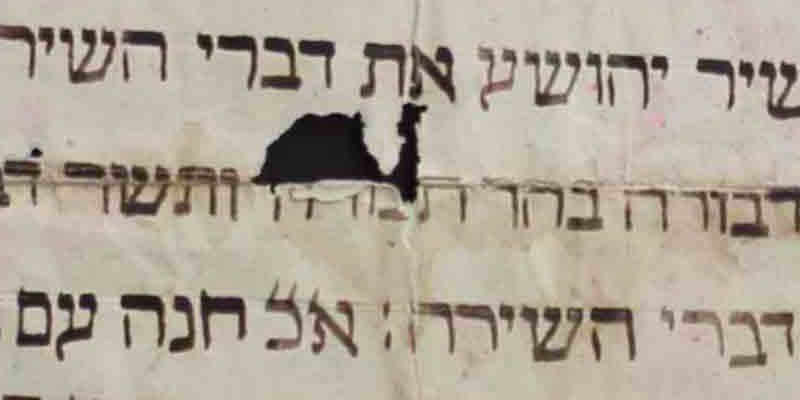The Rabat Genizah Project is a digital archive of Moroccan Jewish documents. The project, based at Lewis & Clark College in Oregon and in partnership with the Casablanca Jewish Museum in Morocco, was based on the idea of establishing a genizah (a grave or mausoleum designated for the burial of religious documents), for the Jewish community in Rabat, Morocco. This was soon expanded to include all of Morocco and an effort to make the documents in the genizah repository at the Casablanca Jewish Museum in Morocco publically available led to the digitization of these documents. With more than 2,000 distinct items in the collection available online representing over 4,000 images, texts available for users to view include explicitly religious materials such as torah scrolls, prayer manuals, and rabbinic commentaries as well as a much wider scope of activities and institutions that are potentially regulated by Jewish law, including community records, photographs, public notices, pedagogical materials, poetic manuscripts, canonical Jewish texts, rabbinical commentaries, liturgical supplements, and a wide range of other published and unpublished materials.
(Description adapted from information on project website)
Subject Period (epoch)
Subject Continent(s)
Subject Country(ies)
Subject Language(s)
Project Type(s)
Project Media
Project Access
Project Status
Project Creator Continent(s)
Project Creator Country(ies)
Project Creator City(ies)


The Rabat Genizah Project is a digital archive of Moroccan Jewish documents. The project, based at Lewis & Clark College in Oregon and in partnership with the Casablanca Jewish Museum in Morocco, was based on the idea of establishing a genizah (a grave or mausoleum designated for the burial of religious documents), for the Jewish community in Rabat, Morocco. This was soon expanded to include all of Morocco and an effort to make the documents in the genizah repository at the Casablanca Jewish Museum in Morocco publically available led to the digitization of these documents. With more than 2,000 distinct items in the collection available online representing over 4,000 images, texts available for users to view include explicitly religious materials such as torah scrolls, prayer manuals, and rabbinic commentaries as well as a much wider scope of activities and institutions that are potentially regulated by Jewish law, including community records, photographs, public notices, pedagogical materials, poetic manuscripts, canonical Jewish texts, rabbinical commentaries, liturgical supplements, and a wide range of other published and unpublished materials.
(Description adapted from information on project website)
